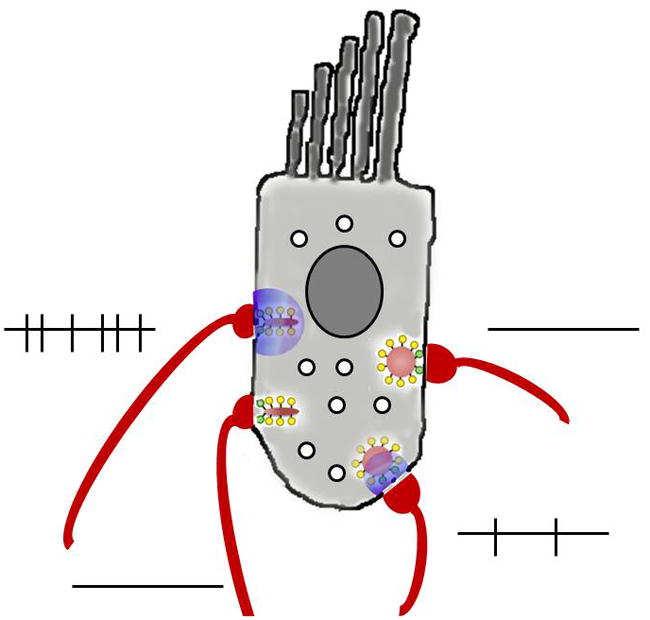Figure 3. Variable ribbon function within one cochlear inner hair cell.

‘Low threshold’ ribbons may have greater numbers of calcium channels, release transmitter more frequently at a given membrane potential, and so trigger more afferent action potentials. ‘High threshold’ ribbons may have fewer calcium channels and therefore require greater depolarization to cause equivalent levels of afferent activity. Alternatively, variations in vesicular fusion (e.g., different sensitivities to calcium or coordination of multivesicular release) could produce similar outcomes. Overall probability of transmission is relatively low, so not every synapse will be active at a given point in time. The purple cloud indicates calcium influx; lines indicate action potentials in afferent fibres.
